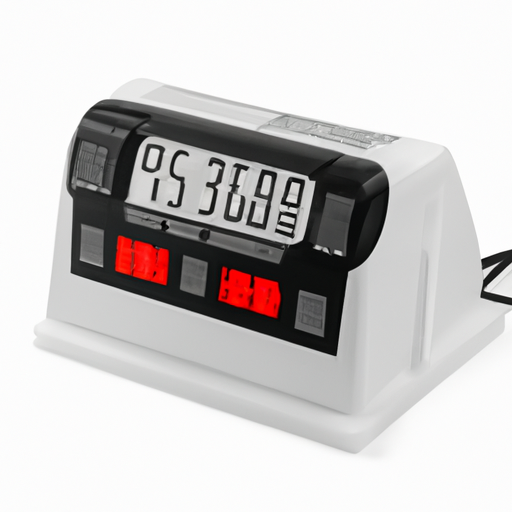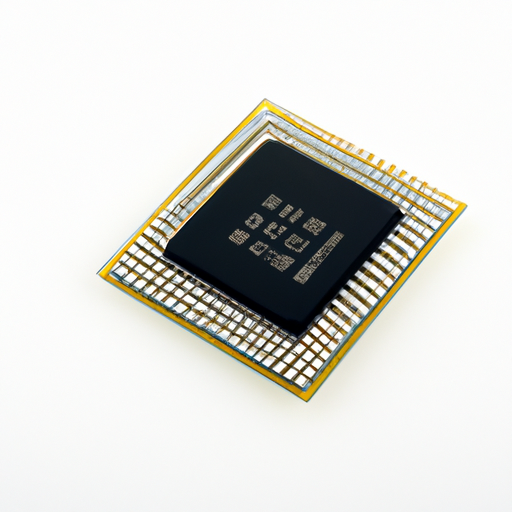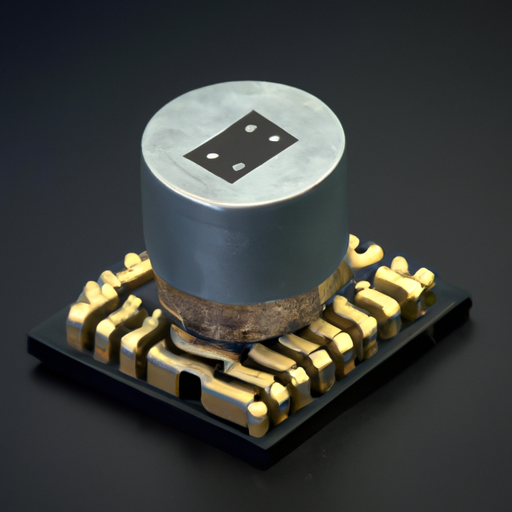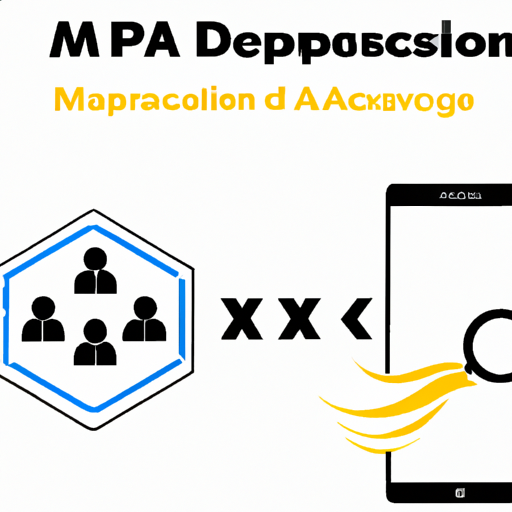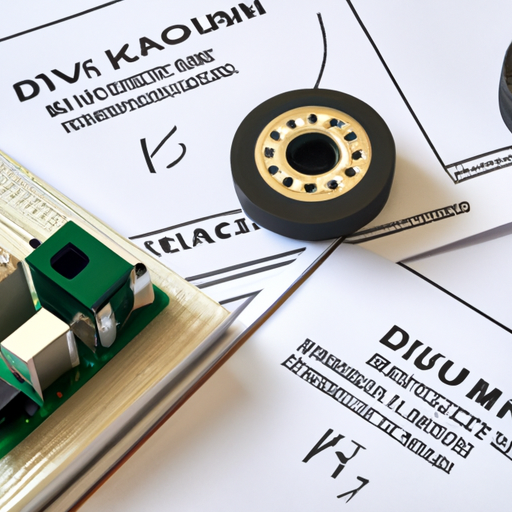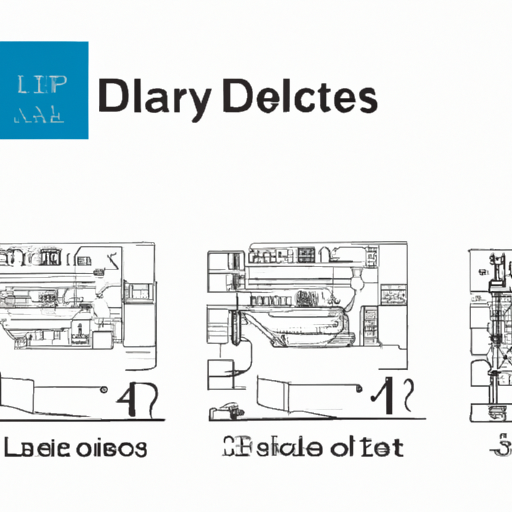MAX500BCWE Real Time Clocks: Core Functional Technologies and Application Development Cases
Real Time Clocks (RTCs) are vital components in a wide range of electronic systems, providing accurate timekeeping and date information. The MAX500BCWE is a specific model of RTC that offers several features and functionalities. Below, we highlight the core functional technologies, application development cases, and relevant articles related to RTCs, particularly focusing on the MAX500BCWE and similar devices.
Core Functional Technologies of Real Time Clocks
| 1. Timekeeping Accuracy | |
| 2. Low Power Consumption | |
| 3. Battery Backup | |
| 4. I2C/SPI Communication | |
| 5. Alarm and Timer Functions | |
| 6. Temperature Compensation | |
| 1. IoT Devices | |
| 2. Smart Home Systems | |
| 3. Wearable Technology | |
| 4. Industrial Automation | |
| 5. Consumer Electronics | |
| 1. "Understanding Real-Time Clocks: A Comprehensive Guide" | |
| 2. "Low Power Design Techniques for Real-Time Clocks" | |
| 3. "Integrating RTCs with Microcontrollers" | |
| 4. "Case Study: Implementing RTCs in IoT Applications" | |
| 5. "The Future of Real-Time Clocks in Smart Devices" |
Application Development Cases
Articles and Resources
Conclusion
Real Time Clocks like the MAX500BCWE play a crucial role in modern electronic systems, providing essential timekeeping functionalities across various applications. Understanding their core technologies and exploring practical development cases can help engineers and developers leverage RTCs effectively in their projects, ensuring accurate time management and enhancing overall system performance.

